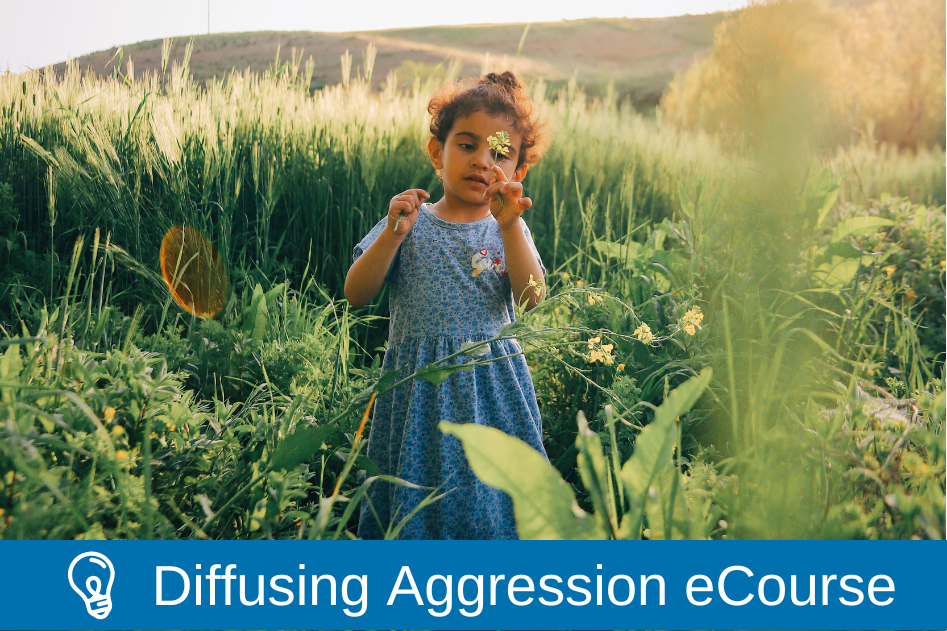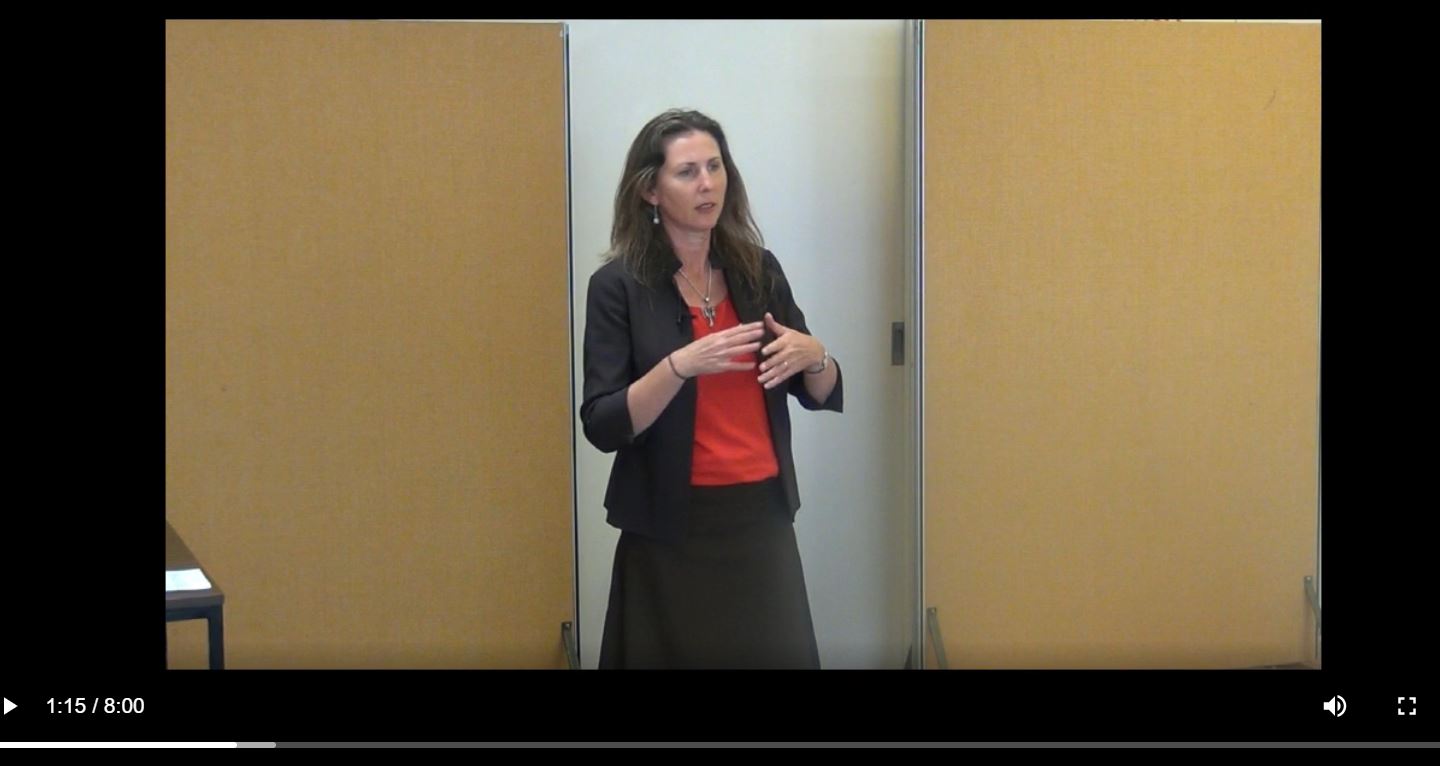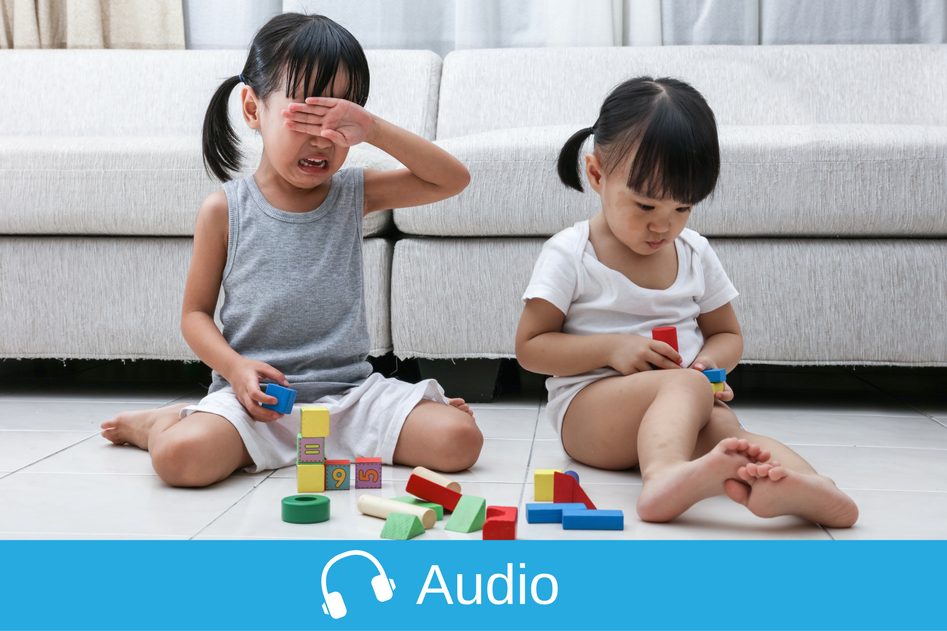On any particular night, bedtime can be a really beautiful time of bonding or an upsetting and stressful time! In a lot of families, big ruptures happen around the bedtime routine and attempts to get children to sleep. Every parent has experienced that sinking feeling when our child, who we thought was finally settled, pops up out of bed again as bright as day! Or they’ve finally drifted off, but someone bangs a door and you’re right back to square one!
The evenings are a particularly difficult time when the parent is exhausted, their tank is near empty, yet their little ones, or even much older kids, are full of beans and just want to laugh and play. Or they’re so overtired and fragile that they meltdown over the slightest thing. Or just as you’ve hugged good night and shared those sweet wishes of a beautiful sleep, your child decides to open up and share their deepest worries or frustrations. You’ve likely felt torn, you’re wanting to be present and listen, yet there’s an internal voice protesting; “really? You chose this moment to open up?”.
The tug of war of conflicting needs
When there’s a big conflict between the parent’s and the child’s needs, the real challenge is to avoid getting into a power struggle. The child begs for one more story, but the parent is saying ‘no, you need to get to sleep, and I need time to get everything ready for the morning!’. It’s in moments like this, when threats and bribes become so tempting! It’s so normal and understandable for parents to feel so trapped and frustrated. Yet as soon as tensions start to rise and the parent gets snappy, the child gets upset and all hopes of cooperation are off the table! So, how can parents get out of this age-old tug of war?
Peaceful parenting, at the heart of it, is about connection.
Maintaining connection, and reconnecting again when tensions start to rise, is a key element in dissipating any parent-child power struggle. When our child feels our warm connection, they’re more likely to listen and respond positively. In this article, I’ll explain how the common struggles at bedtime can be significantly reduced through intentional, genuine connection. I’ll also share a few practical tips and ideas that you can try out tonight to start reducing those dreaded bedtime struggles. I’ll flesh out what connection can look like in different moments. And how to achieve this when you feel like crying or screaming!
A dear friend and parenting expert Hannah Gauri Ma (Loving Earth Mama on facebook) makes the simple yet profound statement that “whatever the parenting question, connection is the answer.”
We unfortunately can’t make our child do anything!
An important reframe to help us navigate out way out of power struggles is to ask ourselves; “how can I help her?”. Instead of holding a single-minded focus on getting our child to settle, this question can shift us out of the nearly impossible task of trying to make our child cooperate or settle. The truth is that we can’t actually make them do what they don’t want to do, be it wash their teeth, put on their PJs, get in the bath, anything really! Or at least not without resorting to threats, bribes, punishments or becoming forceful. Yet once we ask; “how can I help him (in this case) to feel more settled, relaxed and ready for sleep”, or “how can I help her become present enough to listen to what I’m asking?”, this can help us soften and feel more empowered. This reframe tends to help us genuinely tune in to wondering what their underlying needs might be.
Unmet needs from the day or the week can surface at bedtime
The pending separation that sleep naturally brings can bring up their need for increased closeness. Bedtime is the time when any separation anxiety or insecurities can surface unbeknownst to parent or child. Any pent up stress or unresolved frustrations can keep a child locked into a stress response and make it difficult for them to relax. It can greatly help to shift from just wanting them to cooperate and settle, to instead thinking in terms of helping them release any backlog of stress, helping them unwind, filling up their love tank, helping them land into their body and come out of their busy thinking brain.
Our mental and emotional state literally changes our child’s brain
Our child’s brain has mirror neurons that actually mirror the messages our brain is emitting. When we’re stressed, they become stressed. But the good news here is that when we can calm ourselves, they also experience a calming effect. We either escalate or de-escalate their stress levels depending on the quality of our physical touch. A parent’s tight and tense body causes the child’s body to tighten and tense up. But even more powerfully, a parent’s relaxed body encourages and allows their baby or child’s body to relax. When we hold this awareness, it really pushes to the forefront the importance of us parents upping our focus on self-care. This can feel like even more pressure for parents, yet it’s what’s needed to generally bring down the stress levels for parents and children alike.
One child’s over-excitement, tantrums and aggression in the evenings
I’ll share an example of recently helping a mother whose daughter often became so reactive at the mere mention of bedtime that she was having regular tantrums and would sometimes become quite aggressive towards her mother, father or sister. We’ll call the mum Tara and her daughter Fiona. Night after night was filled with conflicts and different attempts to discipline Tara and get through to her that this behaviour was unacceptable. We worked together to shift the focus towards meeting Fiona’s underlying needs.
Together, we identified that Fiona likely felt a lot of stress, frustration, shame and overwhelm about all this anger and consequent conflicts. We identified that the mere mention of the bedtime routine triggered a stress response in parent and child alike. Mum imagined that Fiona felt a lot of pressure to wind down enough to sleep but it likely felt like a daunting task that she was unable to achieve. We imagined that the daughter’s desire to play exceptionally high energy games with her sister and dad was an attempt to channel the nervous tension she likely felt. That she was overwhelmed by the pressure to wind down. Fiona generally complained a lot about not getting enough attention from her mum who was balancing working, parenting both children and general life! We talked about how and where Tara could fit in some really good quality time with Fiona after school, and the importance of getting really present and warmly connected with both children at dinner time, so that the winding down journey could start earlier.
I suggested framing the request to move on to the next step by including Fiona’s needs; For instance “it’s time to put on your PJs but I really want to help you get all that big energy out of your body before going to sleep.” Then opening a conversation starting with “let’s talk about what’s going to help you get all that big energy out of your body? Maybe we could play a game before reading stories, let’s make a plan!” In this way Tara was acknowledging Fiona’s need to get to the place of feeling really calm and relaxed before going to sleep. We also talked about ‘mindful breathing’ that releases her stress.
But most of all, we planned how mum could identify each of the reactive tactics as a bid for connection. Then instead of reacting back, mum would come down to Fiona’s level and touch her and speak to her in a way that soothed her nervous system. It’s a lot of work for a parent to implement such changes. But one little change at a time moves the dial in the right direction. Unsurprisingly, when I next spoke to Tara three weeks later, most evenings were now dramatically smoother and more enjoyable!
Rhythms, routines and stress relieving hacks
Regularly maintaining rhythms and routines helps children feel more safe and secure. The more secure they feel, the less likely they are to become overwhelmed. Our bodies have a physiological response to music. Singing songs together for different activities like getting in the bath or picking up toys can elicit positive emotions related to that activity. Most children love their caregiver squeezing their body, like a tube of toothpaste, from head to toes, then giving each foot extra squeezes to get all the stress out! You can gently rock them from side to side as they lie down on their back while encouraging big sighs. Both lying on your backs on the carpet, you can push against each other’s feet. This is generally guaranteed to bring the giggles, hence releasing more stress while bringing their awareness out of their busy thinking brain and into their body.
Essential oils are a little hack that many parents know to be valuable, but it’s hard to remember to grab the lavender when you’re at your wits end. But it really can help. Beautiful natural aromas trigger happy hormones and bring positive associations that can help parent and child to feel more calm and secure.
A really nice practice can be reflecting on the day with your child
There are great benefits to going back through the day with young children. Such reflection helps them develop their thinking, their memory and the connection between their thoughts and their feelings. Especially if you’ve been apart during the day, they get to bring you more into their world, hence strengthening the quality connection with you. This helps them process stress or difficult emotions from the day, which helps children feel more settled and secure. Quality connection and relief from stress are essential factors in children becoming sleepy enough to get to sleep at bedtime.
What’s with the endless delay tactics!
You’ve been snuggled up reading the stories your kid loves and it’s all warm fuzzies until you close the book and suggest jumping into bed. Then they suddenly come out with something like; “I really wanted to have an omelette for dinner and why didn’t we!?”. They might start listing all that happened in the day that they’re annoyed about. You finally get them into bed and then suddenly they’re hungry, or want to go outside and look at the moon. Or they run away hoping you’ll chase them.
However your child expresses their resistance to settling, it’s often symptomatic of a build up of frustrations and emotions. Let the delay tactics and meltdowns around bedtime be your cue that your child likely needs extra quality time for a few days, and they may need more support and permission to release big feelings.
Holding space for them to let it all out
An important factor in helping children release any backlog of stress or frustration is to hold space for them to let it all out when they get upset. This might feel like the last thing you want to do, especially before bedtime! Holding space and encouraging your child to have a big releasing cry when upset is an investment of time and energy that really pays off. Children feeling loved when they’re all grumpy and vulnerable allows them to feel truly seen, heard, and supported. Even if the upset was the result of you saying “no” to something they really wanted like that extra story, something yummy or to go on a screen. You might be surprised at how quickly their state can shift. You might even be surprised to hear an “I love you mummy, I want to go to sleep now.” Or something else you would’ve never imagined your child would say.
You may have to hold space multiple times, on a consistent basis for a while before your child’s resistance to bedtime truly resolves. From my experience of helping parents, the result of the child feeling relaxed and warmly connected with their primary attachment figure is a child who overall enjoys their bedtime routine and falls asleep more easily.
In summary, the guiding principle that will help us maintain patience and keep our hearts open at this busy time of the day is to assume that children want to go to sleep feeling happy and safe just as we do. They instinctively know that they’ll sleep better when they go to sleep feeling happy, relaxed and connected.







